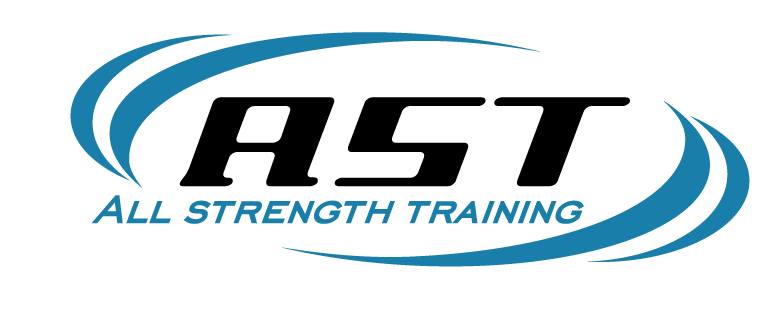5 Essential Squat Variations
Anybody who has been training for a significant amount of time has likely heard the squat referred to as the “king of lower body exercises,” and for good reason. The basic barbell squat recruits more muscles at once than almost any other exercise, and has been shown in many studies to produce levels of growth hormone that are exponentially higher than alternative movements such as the leg press or leg extension.
However, you can’t always eat chicken for lunch, and you can’t use only the barbell squat in your training, or you will likely reach a plateau that can only be broken by incorporating one or more of the following variations on the squat.
1. Front squat. The front squat is one of the most common alternatives to the back squat and is a favorite of athletes and Olympic lifters. The bar is racked across the front of the shoulders with the elbows held high to keep the bar from rolling down the arms, and many lifters find that they can squat significantly deeper with the front squat than with the back squat. Lower back and hamstring involvement is also significantly reduced, with more stress placed upon the abdominals and the quads due to the more upright positioning.

2. Safety bar squat. The safety squat bar is a special bar with a padded yoke and handles that extend out in front of the lifter, and the weights sit about 3″ in front of the bar itself. This creates a feeling like you’re going to be pushed over, which forces the middle and upper back to work harder to stay upright and is great for when a lifter tends to fail in a conventional squat by falling forward during the lift. In addition, because the handles sit out in front of the bar it’s an ideal alternative for those with bad shoulders or poor flexibility.

3. Zercher squat. Like the safety bar squat, the Zercher squat is an excellent option for those with shoulder or flexibility issues, but it requires no special bar. The bar is placed in the crook of the elbows and then held tightly against the abdomen, placing additional stress on the core and mid-back muscles. One downside is that the bar position can become uncomfortable with heavy loads, but in my experience it’s better to suck it up and get used to it than to use padding such as a squat pad or towels, as it tend to make it harder to keep the bar in a consistent position throughout the execution of the squat.
4. Cyclist squat. The cyclist squat, also called the one-and-a-half squat, is a variation on the barbell squat. In essence, the lifter squats down until the hamstrings touch the calves, then up just past parallel, then all the way back down before rising to full lockout. It’s important to not bounce out of the bottom position, and to not rise up too high during the “half” portion of the squat. The extra movement at the bottom incorporates the vastus medialis oblique (VMO), the teardrop-shaped muscle inside and above the kneecap that acts as a knee stabilizer, which makes the cyclist squat a great choice for athletes.
5. Barbell hack squat. Like the machine hack squat, the barbell version places significant workload on the vastus lateralus, or outer thigh, helping to improve the “sweep” of the quads. To perform the barbell hack squat, grasp the bar behind the back, almost as though you’re setting up for a deadlift behind the body. With the heels elevated 1-2″ on a plate or blocks, drop the hips down and then back slightly while staying as upright as possible until the plates touch the floor, then drive through the heels back to the top.

Incorporate these variations to keep yourself progressing and to inject some variety into your training programs. You won’t be disappointed.
